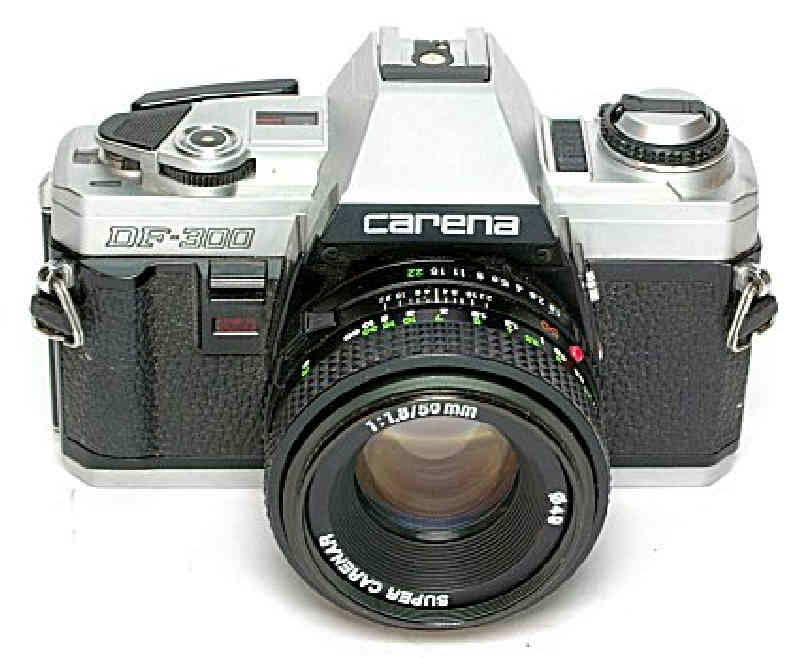

Also, ensure that the film is aligned horizontally.

Make sure that you engage the film sprocket with the ‘teeth’ on both edges of the film. Insert the film leader into one of the slots in the take-up spool on the right hand side. You open the back door, pull out the film rewind knob, and insert the film in to the left compartment. Loading the film is quite easy if you are familiar with 35 mm film cameras.

Minolta Hi-Matic – Flash-ready blinking light If the flash-ready signal takes more than 30 seconds to start blinking, it’s a good indication that you need to replace the batteries. The easiest way to check if you still enough battery power is by popping up the flash and look in the viewfinder. Minolta Hi-Matic AF 1979 – Battery compartment at the bottom of the camera The camera will not operate if there are no batteries or the batteries are too weak. The camera is operated by two AA batteries a standard size that you can find at a grocery or convenience store. Set in the bottom of the outer ring of the lens is the camera’s Cadmium Sulphide/CdS meter.
#Minolta camera manual iso#
There is a focus lock function but I’ll discuss that a bit later.įilm speed is set by way of a dial/ring on the lens, which ranges from ISO 25-400. All you need to do is compose your subject in the viewfinder, and when you half press the shutter button the camera will calculate the correct exposure for you or tell you if you need to use the built-in flash. There is no setting to adjust the aperture and both the aperture and shutter speed are set automatically. The camera comes with a fixed 38mm f/2.8 Minolta Rokkor lens. Getting to know the Minolta Hi-Matic AF Minolta Hi-Matic AF – The front of the camera Minolta Hi-Matic – The top of the camera showing the Hi-Matic AF version, release shutter and film advance lever Minolta Hi-Matic – The back of the camera has the guidelines for the flash range given the ISO/film speed, and focusing distances


 0 kommentar(er)
0 kommentar(er)
